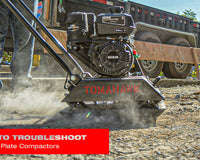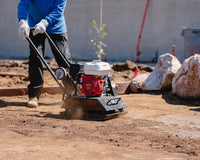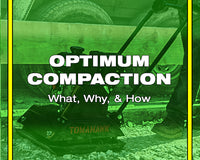Why the Right Paver Base Matters
A beautiful patio begins with a strong foundation. If you’re new to hardscaping, you may ask: what goes under pavers, and why does it matter? The answer lies in structure, stability, and longevity. Without the right paver base layers, even perfectly placed stones will shift, sink, or crack over time.
Whether you’re building a patio, walkway, or driveway, the right base ensures your pavers stay level and drain properly. Skipping or underbuilding this layer is one of the most common causes of failure in DIY installations.
“Good buildings come from good people, and all problems are solved by good design.”
— Stephen Gardiner
In this case, good patio design starts from below—long before the first paver is set.
What Are the Correct Paver Base Layers?
When selecting paver patio foundation materials, here’s the structure you should follow:
-
Excavated subgrade
-
Remove 6"–10" of soil depending on climate and load
-
Compact native soil before adding anything else
-
-
Geotextile fabric (optional but recommended)
-
Helps stabilize the soil and prevents base material from mixing with native earth
-
Especially helpful in clay or sandy soils
-
-
Base material (gravel or crushed stone)
-
Often called “road base” or “crusher run”
-
Spread in 2–4 inch layers and compact each lift
-
Depth typically ranges from 4" for patios to 8"+ for driveways
-
-
Bedding layer (concrete or coarse sand)
-
1" layer screeded evenly
-
Supports final paver alignment without shifting during compaction
-
-
Pavers and jointing sand
-
Laid on top of bedding layer
-
Final compaction locks them into place
-
Each layer plays a unique role. Skimping on thickness or compaction reduces stability and lifespan, especially in freeze-thaw climates.
The Right Tool for Building a Solid Foundation
To properly compact each gravel and sand layer, a reliable plate compactor is essential. The Tomahawk JXPC50H Plate Compactor is a homeowner-friendly solution designed for patios and paths. With 1,420 lbs. of force and a compact electric motor, it’s ideal for ensuring consistent density and leveling throughout your paver base.
“The road to success is always under construction.”
— Lily Tomlin
And so is your patio—until the base is properly compacted and ready for pavers.









